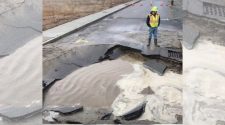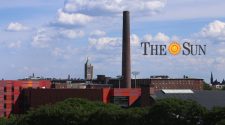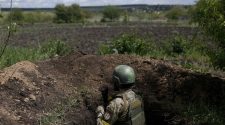DALLAS (NewsNation Now) — Texas trauma surgeon Dr. Brittany Bankhead-Kendall, who has used her social media platform during the pandemic to give insight into what is happening behind-the-scenes with patients and COVID-19 units across the country, shared her experience with NewsNation. When it comes to COVID-19 patients — even those who have been given the all-clear — she said their lungs might tell a different story.
The story started with a tweet from Bankhead-Kendall:
It quickly grabbed the attention of thousands, the message coming straight from a doctor who has spent the last 10 months on the COVID-19 frontlines.
“I thought it was really pertinent that people understand that this isn’t a bimodal disease,” said Bankhead-Kendall. “It’s not you have it and then it’s gone, it’s something that is lingering.”
Just for reference, we’ve included what a pair of healthy lungs look like. The X-ray shows two clean cavities — the black spaces are air, no congestion. We have also included what they look like on a CT scan.
For those who smoke, we’ve also included a visual of what’s typically happening inside their chest. In the interview, Bankhead-Kendall points out the scarring left over from a lifetime of smoking.
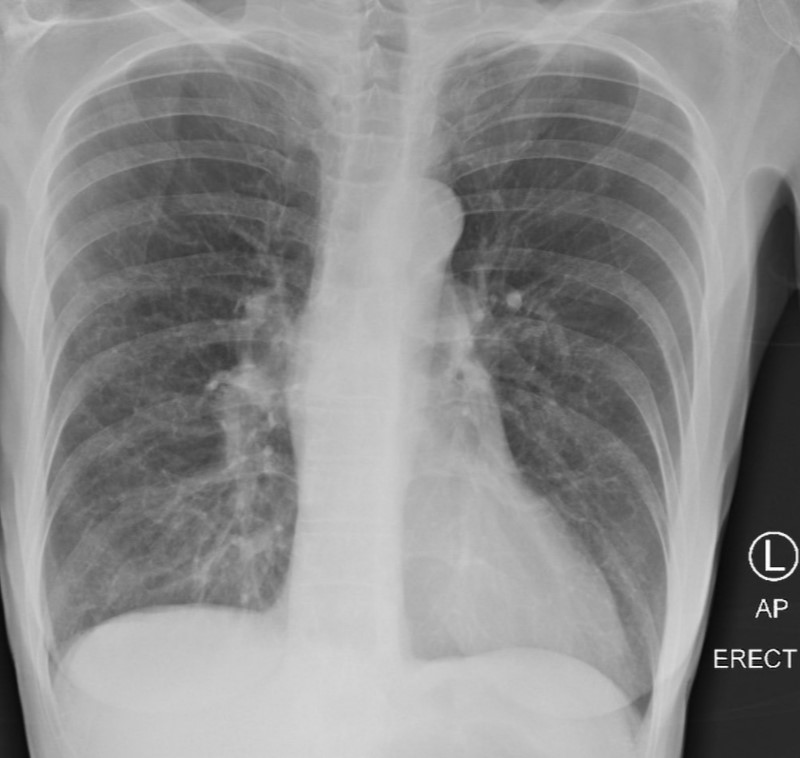
“Whenever I pull up that smoker’s lung, kind of immediately what I’m seeing is maybe a little of what we’d call ‘congestion.’ The heart getting a little bit fatigued, it’s not pumping things through as well,” she said.
And then Bankhead-Kendall pulled up an X-ray of “post-COVID” lungs. This is how she described them: “And so on these chest X-rays when you see a dense, cobwebby looking appearance, that’s what it is — it’s old, residual COVID-19. Or problems with your lungs that happened because we were trying to treat you and keep you alive and it just didn’t get better.”

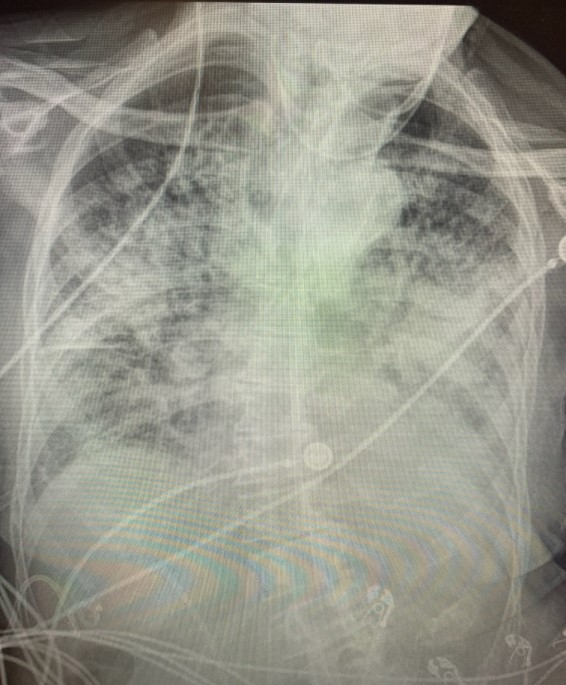
She says X-rays like these are now lighting up frequently for her at the hospital — sometimes the only common denominator shared among the patients being that they had the virus. Severe chest scans coming from people who didn’t even have a hospital stay.
“Not everyone who is doing really, really poorly has a terrible chest X-ray,” she said. “And not everyone who is doing really, really well has a good-looking chest X-ray.”
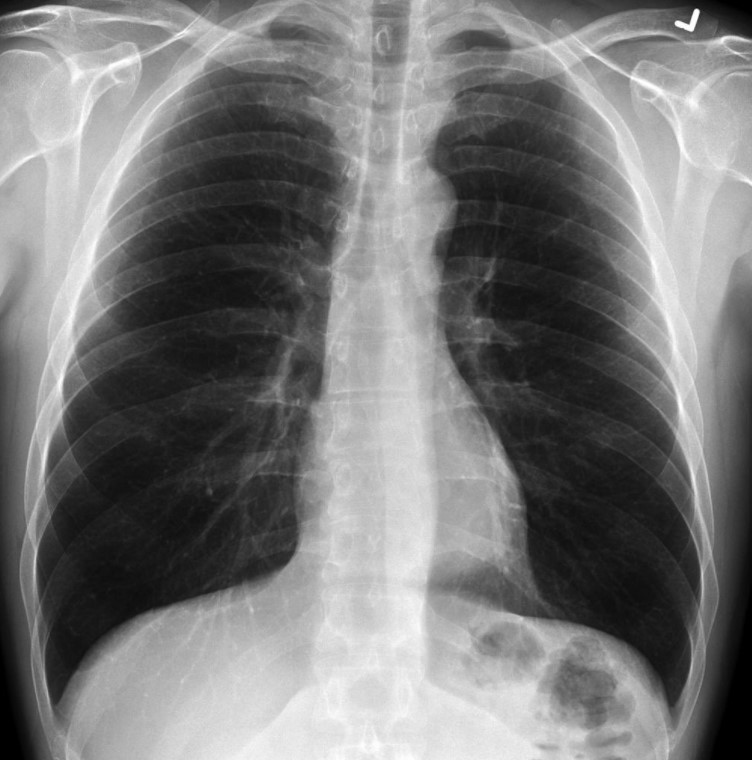

And because it hasn’t even been a year since the pandemic’s onset, it’s too early for evidence-based studies to show the impact of COVID-19 on different organs. However, Bankhead-Kendall said she has now seen enough sets of “post-COVID” lungs to label the damage a trend.
“I mean it’s not only a trend, it is the norm,” she said. “It’s the norm that when you’re sitting there and going over the list of patients for the day and you’re scrolling through CT scans and you’re pulling up X-rays, you can immediately tell, ‘Yea, this person has had COVID-19, this person has not had COVID-19.”
Bankhead-Kendall also told NewsNation another alarming piece to the puzzle is that it is too early to tell if these damaged lungs will repair themselves over time, or if the scarring is permanent. She gets her second round of the COVID-19 vaccine on Friday, and she urges Americans to do the same. She said any long-term effects that may come with the vaccine will not be as bad as what she is seeing right now in the hospital.




